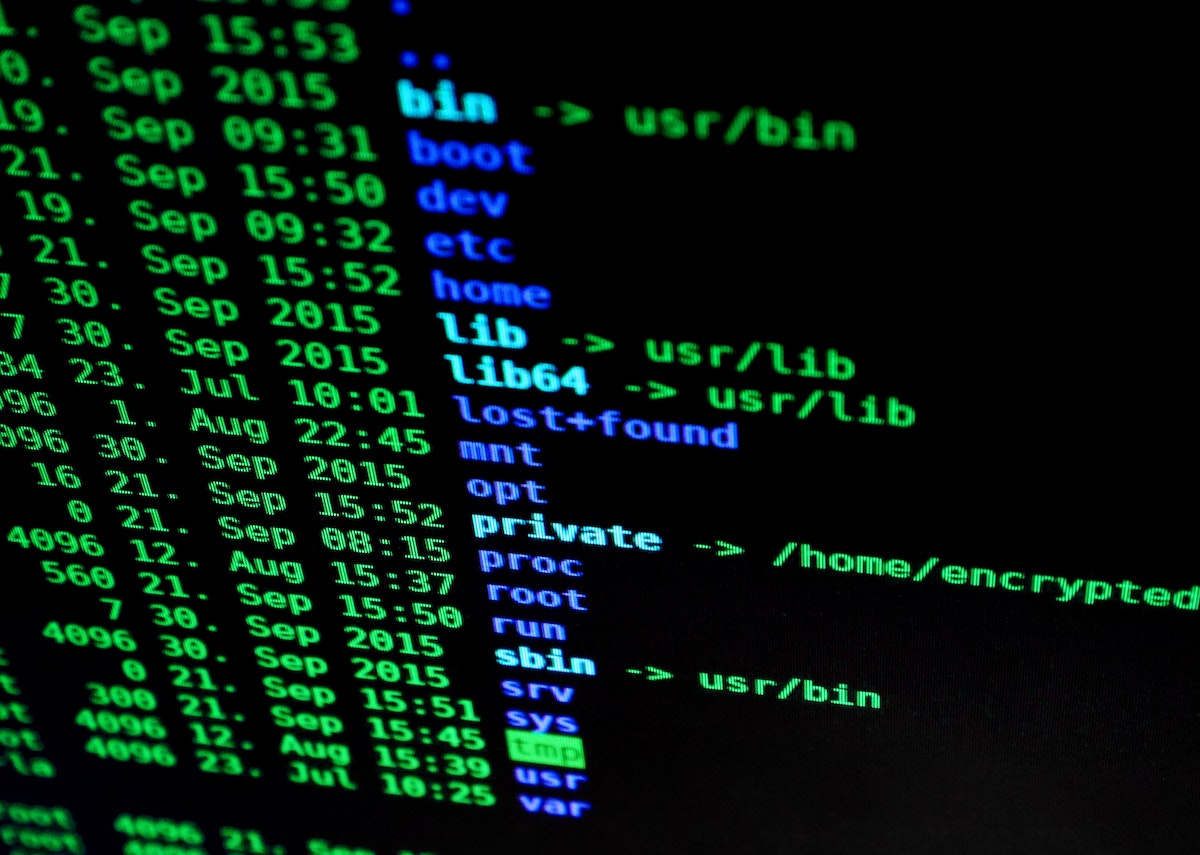Outstanding Possibilities of Predictive Analytics
Share

IoT (Internet of Things) data is expanding at an exceptional pace these days since its potential applications are wide-ranging. Plus, there are many companies out there that rely on Internet of Things data as well as the applications that feature historical IoT information or formats that are illegal. Note that you must rely on IoT data only if you have a potential business purpose and application. Otherwise, this information will be just a cost rather than an asset.
Furthermore, almost every IoT stream boasts loads of information that makes it indefinably challenging for humans to analyze in real-time. Thankfully, you can overcome this hurdle by means of predictive analytics and machine learning. Companies that depend much on the conventional business intelligence models will be able to analyze only the past things that have occurred in the IoT data stream. On the other hand, predictive analytics is the right choice if you want to know about the present and future scenario of the IoT data stream.
Predictive analytics
Usually, predictive analytics that include technologies such as machine learning and artificial intelligence pry on historical data to design an appropriate model. This model is created based on the algorithms that will be able to analyze the accumulated IoT data. In simple words, the model will be a set of rules created by the algorithm from the old or stored IoT data. This installed model will be able to analyze the data in real-time and tries to identify illegal trends or circumstances.
Once such trends are identified, the model will make predictions regarding the associated events that are likely to take place shortly or in the future. In order to give you a thorough knowledge, below are some of the major possibilities of predictive analytics on IoT data stream.
Predictive maintenance
One of the most common and significant applications of IoT data in the business field is to figure out when a system needs to be maintained or worked on to prevent hassles. For instance, have you watched the commercial that features a professional who is working on an elevator before it breaks or gets damaged? This is the best explanation for the application of predictive analytics over Internet of Things data.
Normally, you may message or notify a technician when you find a particular area of a sensor is not in its usual working range. Predictive analytics will take this a step forward. In this case, the model will analyze the trends of the same sensors and predict when it is likely to exceed its normal working range.
Automatic stocking
By gathering IoT data from the products that a buyer uses, the suppliers will be able to keep a track of their consumers. If the customers allow the supplier to analyze when the products are sold or being used, the latter will be able to understand when to supply the products again. In this case, both the customer and supplier will be benefitted.
That is, the customers will never run out of their products or will be very well supplied. Similarly, by keeping the consumers stocked, the suppliers can take leverage of minimum service costs and a better reputation. After all, getting predictions regarding when to supply your products will automatically promote stable supply and enhanced operating costs.
Customer acknowledgment
Retail businesses would love to know about their potential customers so that they can boost up their sales. Fortunately, you can nail this task by relying on IoT data since it tends to notify the industrial supplier when a potential buyer enters the location or the store. This can be made possible by applying geofencing to an application installed on your smartphone or other personal device.
Once the customer enters the location, the predictive system will check out their history and summary to figure out the products that the customer is most likely to purchase. However, always try to streamline the predicted information. Otherwise, it can ultimately lead to confusion and fumbling.
Supply chain management
The supply of products involves a long path ranging from the manufacturer to the users and hence, this can be a daunting process. However, with IoT data, the supplier can easily track the status and location of their customers and, thereby, authorizes various levels of the supply chain to work in an organized way or simply, together. Plus, the sharing of IoT data will make it easier to design better predictive models and analysis.




